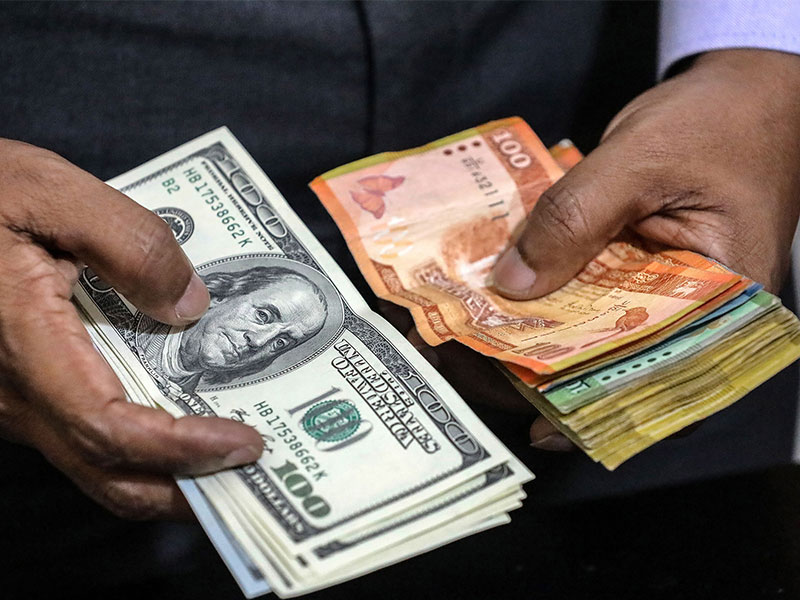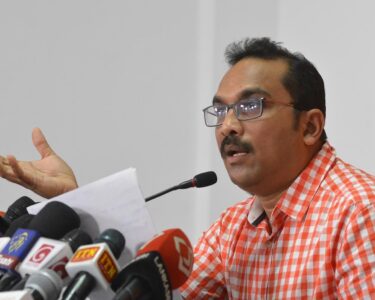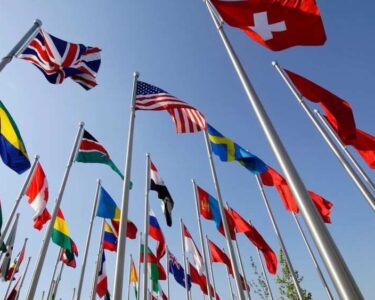On the surface, South Asia glitters with the allure of booming economies and rising billionaires. Yet, beneath this gilded veneer lies a stark reality exposed by the United Nations Development Programme’s (UNDP) report on Sri Lanka: a region grappling with the chasm of inequality.
In Sri Lanka, the top 1% bask in wealth, owning a staggering 31% of the nation’s personal riches. Meanwhile, the bottom 50% struggle to make ends meet, holding onto a meager 4%. This starkly mirrors the region’s wider experience, where the wealthiest 10% hoard over 60% of the wealth, while the poorest half scrape by with a mere 5%.
In South Asia, 389 million people, or more than one-third of the population, live in multidimensional poverty (MPI). This means they face deprivations in multiple areas like health, education, standard of living, and work.
This grotesque disparity paints a worrying picture. Millions face a daily battle with debt and deprivation, trapped in a cycle of poverty that stifles opportunity and fuels social unrest. Sri Lanka’s 33.4% grappling with debt-related vulnerabilities is just one chilling statistic illustrating the human cost of this economic imbalance.
The contrast between the ostentatious displays of opulence and the whispered anxieties of the marginalized cannot be ignored. While international investors flock to the region’s potential, the lives of ordinary people remain mired in hardship. Rising prices, stagnant wages, and limited access to basic necessities paint a grim picture for many.
Urgent action is needed to bridge this widening gap. Progressive taxation that redistributes wealth, coupled with investments in education and healthcare, can be the first steps towards a more equitable future. Creating decent jobs with rising wages can empower the poorest segments of the population, while strengthening social safety nets can offer vital support to the vulnerable.
Addressing land distribution issues and promoting responsible investments that benefit local communities are also crucial aspects of the solution. Empowering women and minorities to participate in economic and political decision-making is not just a moral imperative but also a strategic necessity for a sustainable future.
South Asia stands at a crossroads. It can continue down the path of unchecked inequality, where a few bask in prosperity while the majority struggles to survive. Or it can choose the path of inclusivity and shared progress, where everyone has the opportunity to thrive. The choice is clear, and the time to act is now.
Sources:
United Nations Development Programme: Sri Lanka Common Country Analysis 2021-2027
World Bank: Poverty and Inequality in South Asia: A Snapshot
World Bank: Poverty and Inequality in South Asia: A Snapshot







